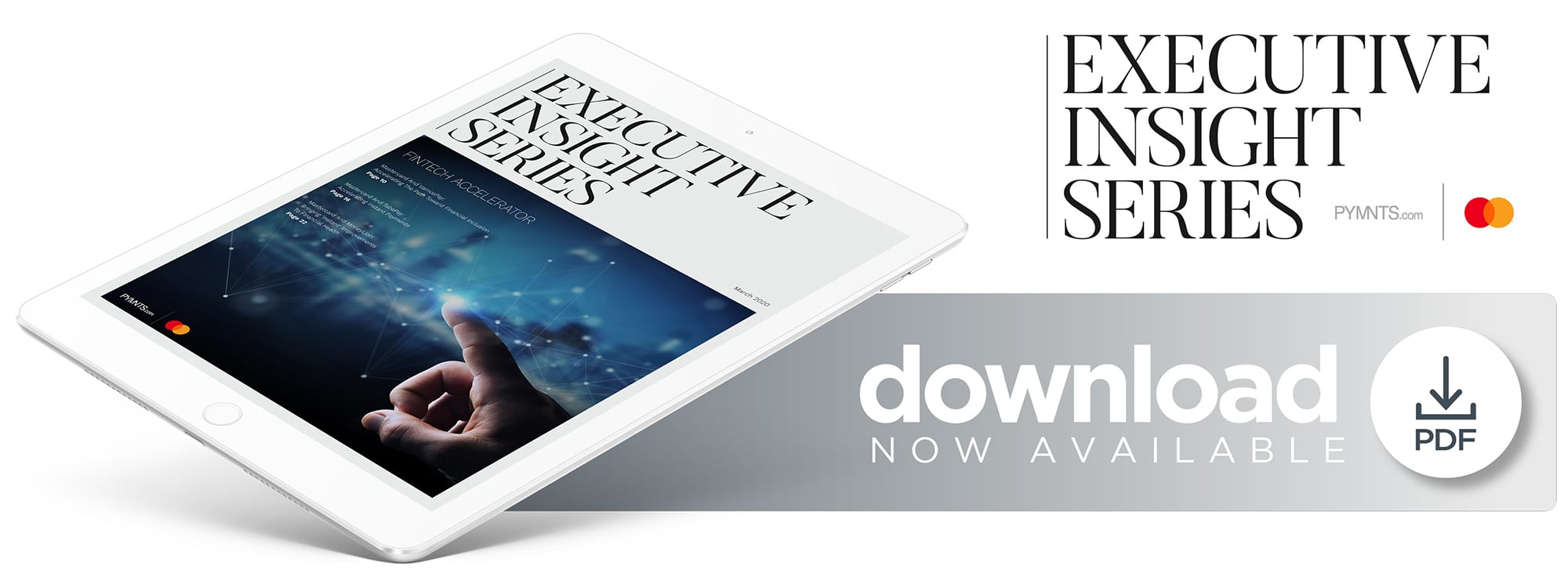Mastercard On Accelerating Growth Between FinTechs And FIs To Foster Ecosystem Collaboration

 The payments and financial services sectors are taking advantage of the multiplier effect, through which one plus one can equal four. More established financial players offer scale and reach along with decades of experience in touching millions, even billions, of end users’ financial lives. This provides FinTechs — which have established technology and development processes to streamline money and information’s movement — with greater access.
The payments and financial services sectors are taking advantage of the multiplier effect, through which one plus one can equal four. More established financial players offer scale and reach along with decades of experience in touching millions, even billions, of end users’ financial lives. This provides FinTechs — which have established technology and development processes to streamline money and information’s movement — with greater access.
Technology-nimble startups’ collaborations with traditional financial institutions (FIs) are bringing new services and products to market to solve complex problems, and companies, banks and customers are benefiting from their efforts. In a series of interviews with PYMNTS’ Karen Webster, FinTech and Mastercard executives pointed to development programs like Mastercard Accelerate as instrumental in addressing problems across demographics and geographies.
In one interview, Sherri Haymond, Mastercard’s executive vice president of digital partnerships, noted that the payment giant’s network evolutions can be traced from its original focus on banks and card products. Fast forward a few decades, she explained, and that network has evolved to include merchants and digital partners offering solutions from real-time push payments to cybersecurity services.
Dee Choubey, CEO of financial services provider MoneyLion, shared an example of how this expanded network and collaboration can help entities scale into new opportunities and markets — and why his company is targeting card program launches in 2020 and beyond.
“MoneyLion [has been] playing a part in facilitating ‘instant everything,’” Choubey said.
This includes all the places in which consumers want on-demand access to their money, as well as how waiting two to seven days for checks to clear and payments to settle can lead to financial stress.
“Mission and vision alignment,” especially on social responsibility, helps Mastercard and MoneyLion fill financial inclusion gaps, Haymond noted. This is accomplished in part by offering the FinTech and others like it access to application programming interfaces (APIs) and other technologies.
Pairing for success
Other partnerships, like Mastercard’s pairing with financial services provider TabaPay, have focused on instant deposits, which are in growing demand in the burgeoning gig economy. In their interview, Haymond; Manoj Verna, TabaPay’s chief revenue officer; and Rodney Robinson, its president, discussed how non-bank companies can gain access to banking services and enable fund flows across Mastercard cards partnerships and ecosystems.
The partnership model also allows for cross-pollination between Mastercard’s network and the FinTechs with which it works. This includes prepaid card offering VamosPay, which is building new use cases to serve the Latino community through prepaid cards and other solutions.
“We still see a number of folks in the community who are just lacking in general awareness of some of the services that are available to them,” said Douglas McGann, co-founder and president of VamosPay.
He explained how the FinTech is using the partnership to boost financial inclusion among the Latino community. Jess Turner, executive vice president of product and innovation, North America, at Mastercard, separately illustrated how programs within Accelerate — including Mastercard FinTech Express and Mastercard Engage — offer what is akin to a single access point to build on the card network’s technology and data.
Working toward a common goal
Startups are forming diverse collaborations with traditional FIs and providers in their quests to improve their competitiveness. The financial services space is becoming saturated with players of all sizes, but FinTechs and big-name players alike share a common goal: bringing services and products to market that can have a real impact on consumers everywhere.
The value in joint efforts between larger entities and FinTechs lies in “solving real-world problems,” Haymond told Webster.
This edition of the Executive Insight series showcases how alignment between firms can lead to seismic changes in commerce, payments and the ways consumers live their financial lives.
